Search
Search Results
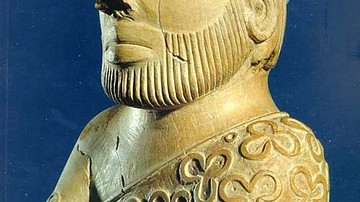
Image Gallery
A Gallery of the Indus Valley Civilization
The Indus Valley Civilization (c. 7000-c. 600 BCE) is among the oldest in the world but, as it was only “discovered” in 1829 – after ancient Egyptian and Mesopotamian sites had already been excavated – many of the “firsts” of civilization...

Image
Ashoka's pillar
Ashoka's pillar erected in the district of Vaishali, located in the Bihar state, India. This is one of the nineteen surviving columns erected or at least inscribed with edicts by the Emperor Ashoka during his reign in the 3rd century BCE...

Image
Map of the World in the 14th Century
The 14th century was a time of crisis and transformation across much of the world. Plague, war, shifting power structures, and intellectual ferment reshaped societies from Asia to Africa, Europe to the Americas. Despite profound instability...
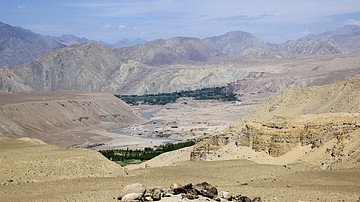
Definition
Aryan
Aryan is a designation originally meaning “civilized”, “noble”, or “free” without reference to any ethnicity. It was first applied as a self-identifying term by a migratory group of people from Central Asia later known as Indo-Iranians (who...
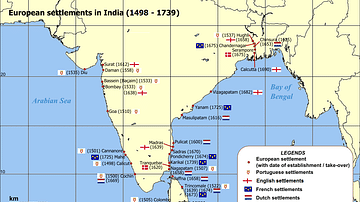
Article
The English and Dutch East India Companies' Invasions of India
In the early 17th century, the Dutch and English East India Companies turned their eyes towards India, as part of their grand schemes to develop extensive trade networks across the Indian and China Seas. They were faced with two significant...

Definition
Gandhara Civilization
The Gandhara Civilization existed in what is now Northern Pakistan and Afghanistan from the middle of the 1st millennium BCE to the beginning of the 2nd millennium CE. Although multiple major powers ruled over this area during that time...
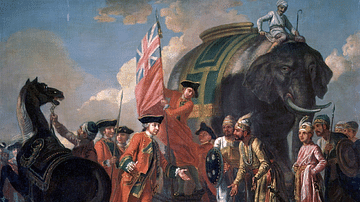
Article
Battle of Plassey
The Battle of Plassey on 23 June 1757 saw Robert Clive's East India Company army defeat a larger force of the Nawab of Bengal. Victory brought the Company new wealth and marked the beginning of its territorial expansion in the subcontinent...
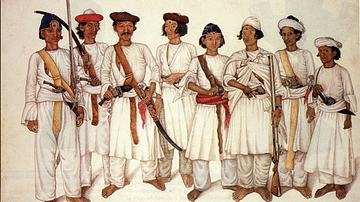
Definition
Anglo-Nepalese War
The Anglo-Nepalese War (aka Gurkha War, 1814-16) saw the British East India Company (EIC) lose several battles against Nepalese Gurkhas before finally securing victory in a hard-fought campaign that, for the first time, extended EIC control...

Definition
Ptolemaic Navy
Ptolemaic Egypt was a naval power that exerted influence throughout the Eastern Mediterranean from its foundation in 330 BCE until Cleopatra's defeat by Augustus at the Battle of Actium in 30 BCE. The Ptolemaic Kingdom produced some of the...

Article
The Portuguese Conquest of India
Throughout the 15th century, the Portuguese Crown yearned for a piece of the Far Eastern spice trade. For centuries this trade had been dominated by the Venetians who obtained pepper, cloves, nutmeg, ginger and cinnamon from their Middle...